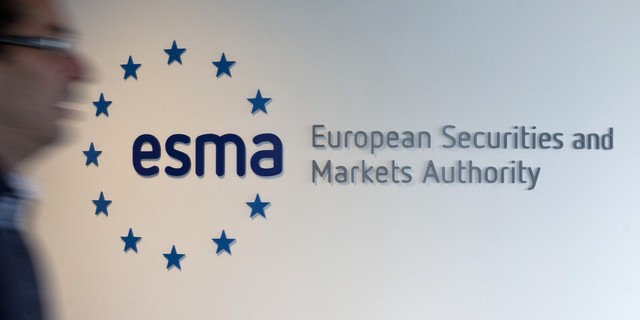ESMA reports on Shadow Banking, Leverage and Pro-Cyclicality

The European Securities and Markets Authority (ESMA) has issued today a report on securities financing transactions (SFTs), leverage and pro-cyclicality in the EU’s financial markets. ESMA’s report assesses whether the use of SFTs leads to the build-up of leverage which is not yet addressed by existing regulation, how to tackle such build-up, and whether there is a need to take further measures to reduce its pro-cyclicality.
SFTs allow market participants to access secured financing. SFTs involve the temporary exchange of cash against securities, or securities against other securities – such as securities lending, repurchase transactions, buy-sell/ sell-buy back transactions, or margin lending transactions.
On the other hand, SFTs also contribute to the build-up of leverage in the financial system, which is relevant from a financial stability perspective. A leveraged financial system can be vulnerable to “runs”, generate contagion risk and increase pro-cyclicality.
While remaining cautious when considering the introduction of new quantitative regulatory requirements on SFTs, ESMA recommends to:
- introduce the Financial Stability Board’s (FSB) qualitative standards in the methodology used to calculate haircuts;
- address the pro-cyclicality of collateral haircuts in central counterparties in the context of the European Market Infrastructure Regulation (EMIR) review;
- assess the possible extension of the FSB’s scope for numerical haircut floors, in particular to government bonds, and the calibration of these floors using SFTR data which will become available in 2018; and
- assess pro-cyclicality and the potential need for further policy tools once sufficient data becomes available.
SFTR will introduce transparency, improve risk monitoring
To make the report, ESMA cooperated with the European Banking Authority (EBA) and the European Systemic Risk Board (ESRB), and relied on various sources of information. At this stage granular supervisory data are lacking, which will only become available once the SFT-Regulation (SFTR) data reporting obligation begins in 2018.
The SFTR aims to increase the transparency of shadow banking activities. It will require both financial and non-financial market participants to report details of their SFTs to an approved EU trade repository. These details will include the composition of the collateral, whether the collateral is available for reuse or has been reused, the substitution of collateral at the end of the day and the haircuts applied.
Source: ESMA





























